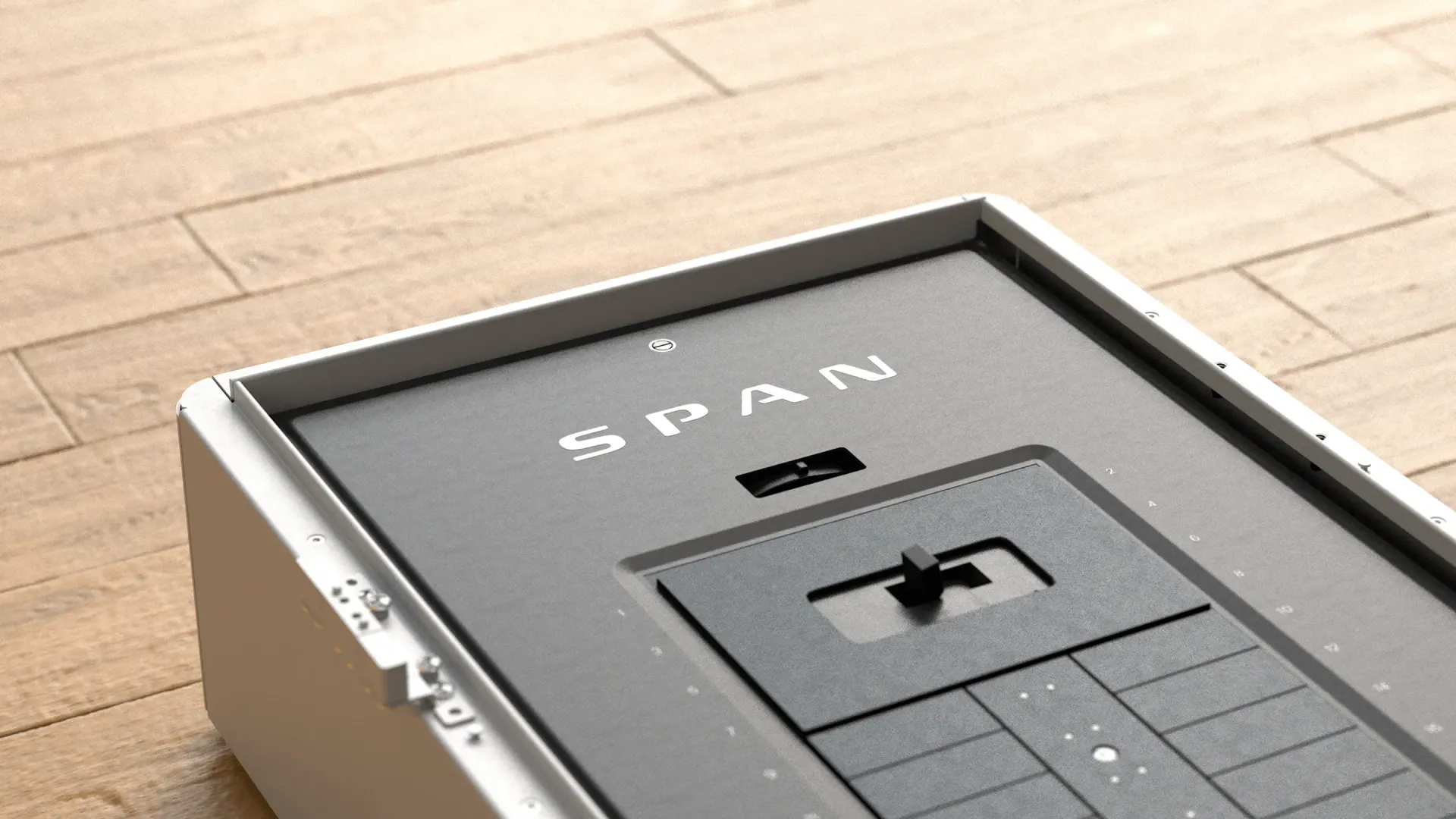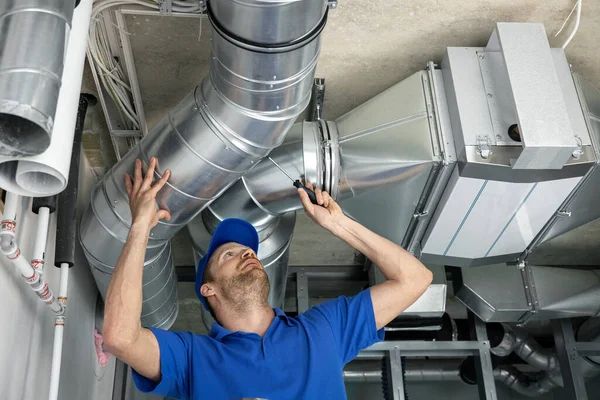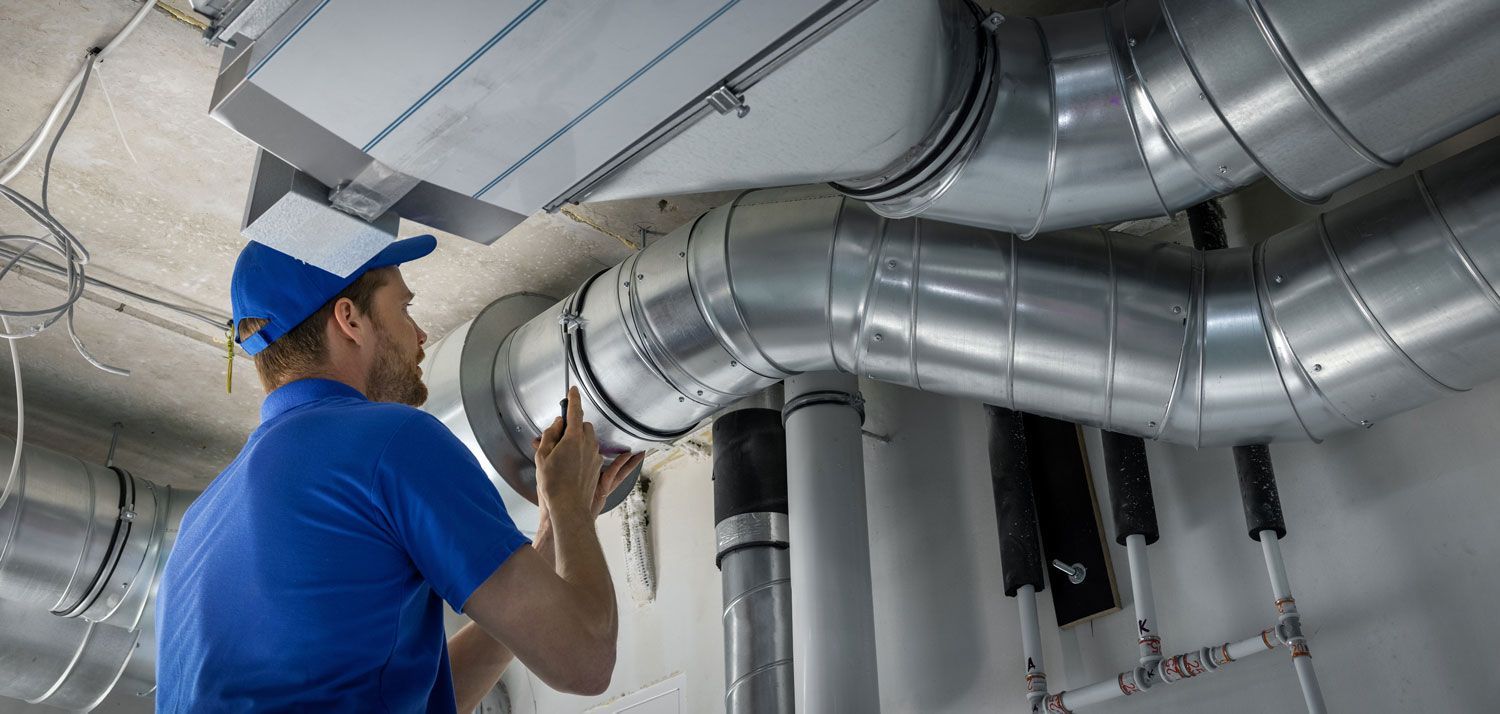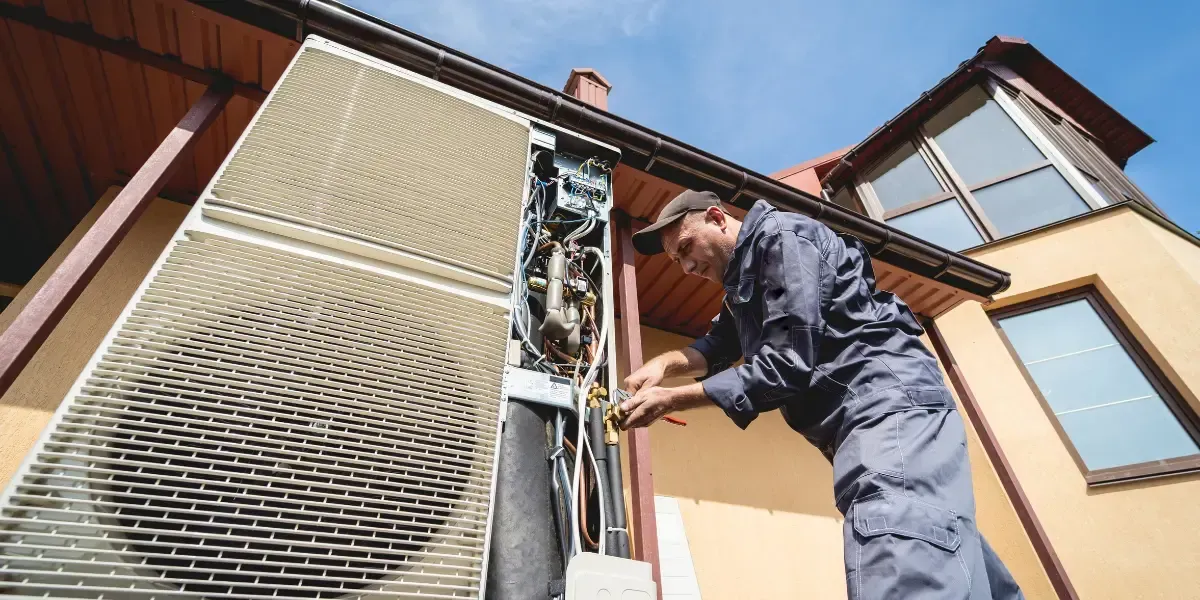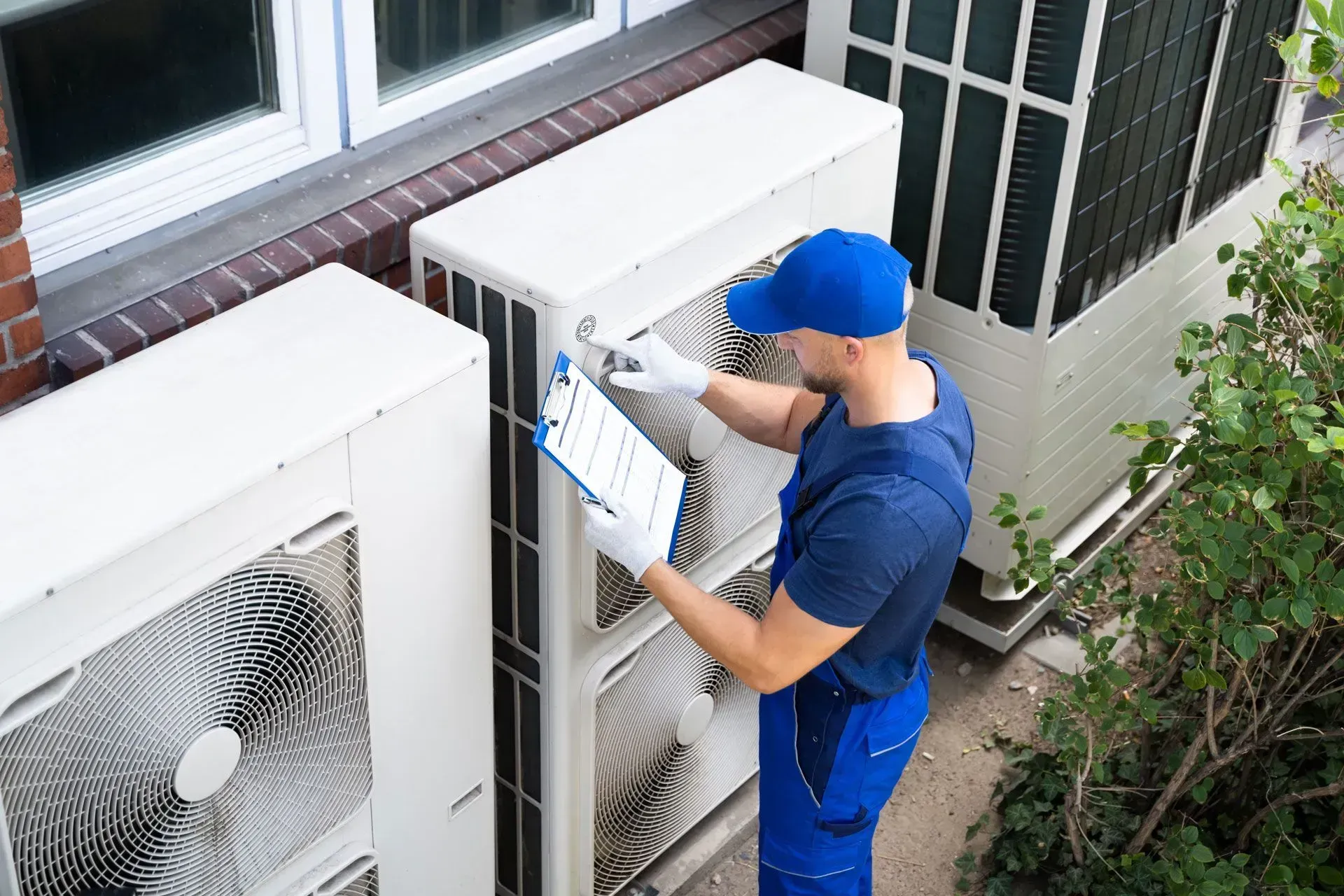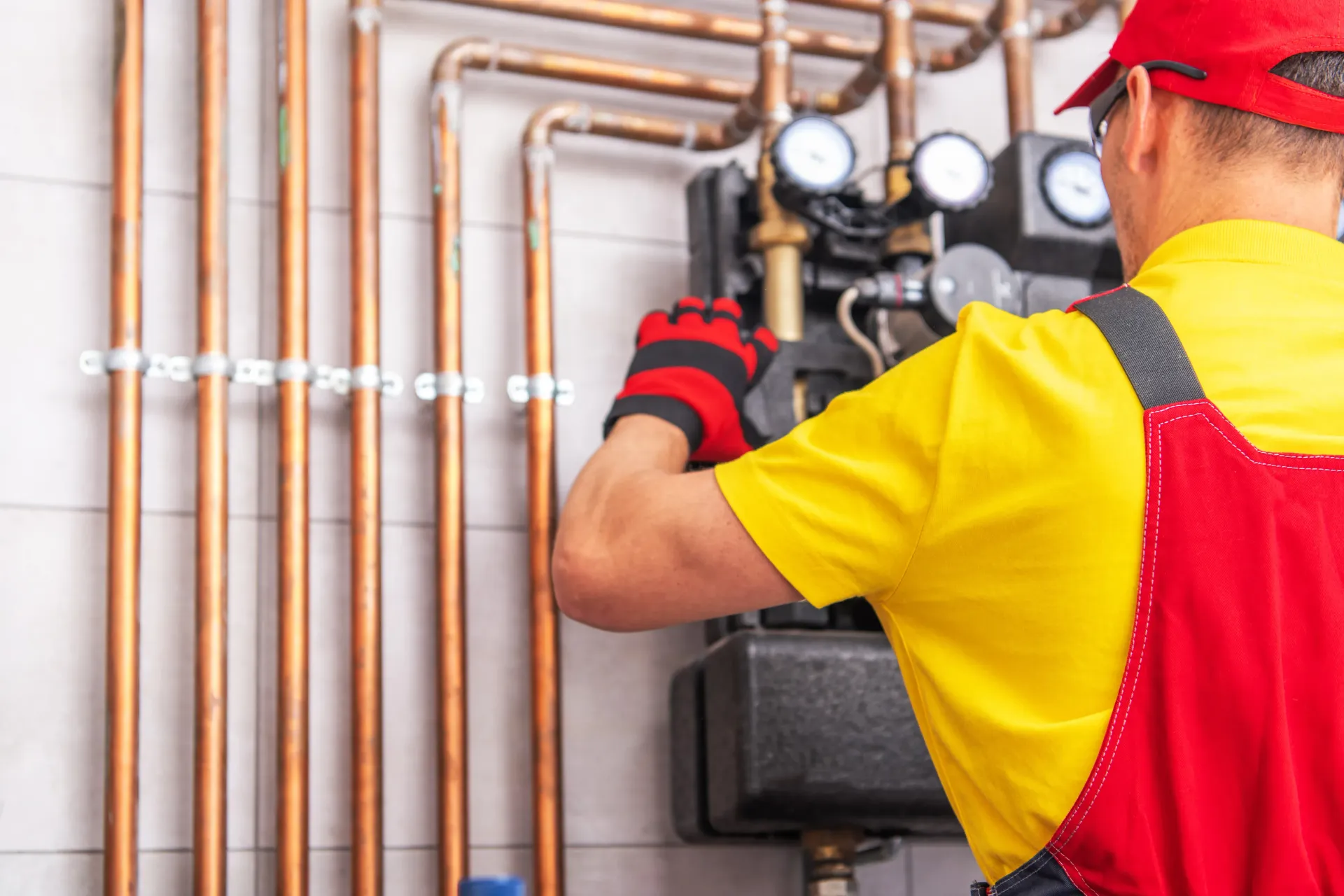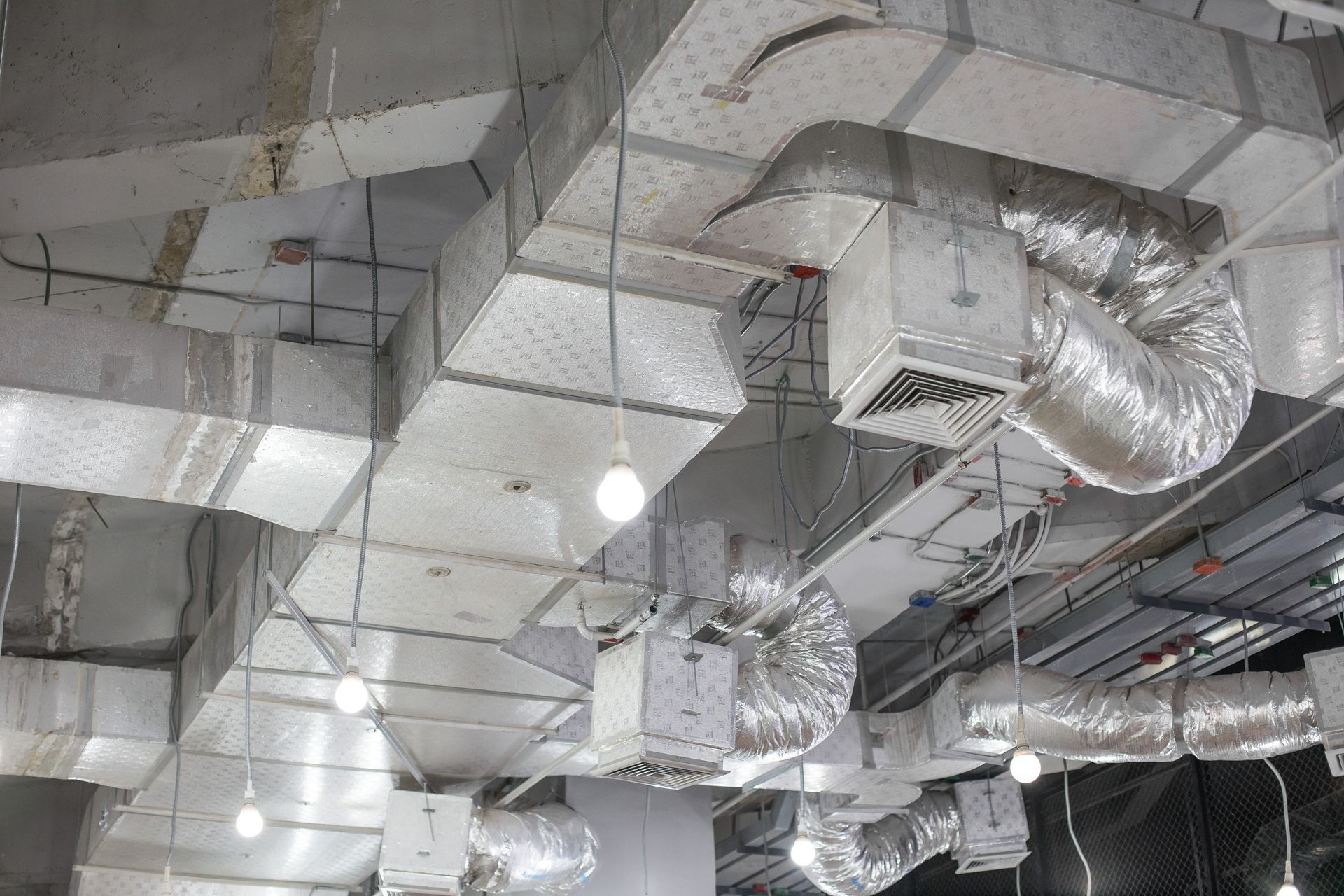Commercial HVAC Install: What You Must Know First
When it comes to maintaining a comfortable, energy-efficient environment in commercial spaces, few systems are more critical than heating, ventilation, and air conditioning (HVAC). A commercial HVAC install isn’t just about putting a unit in place—it’s a complex process that requires planning, precision, and expertise.
Whether you're setting up a new commercial building or replacing an outdated system, this comprehensive guide will walk you through the key elements of the installation process, what to expect, and how working with experts like Monterey Bay Heating and Cooling can ensure long-term success.
Key Takeaways
- System selection must be tailored to your space and use case.
- Long-term energy costs matter more than upfront savings.
- Cutting corners can result in costly repairs and code violations.
- Ensure your system is compliant with local building and environmental codes.
- Expert help from local professionals like Monterey Bay Heating and Cooling makes all the difference.
Understanding Commercial HVAC Systems
Commercial HVAC systems differ significantly from their residential counterparts. They're built to handle larger spaces, greater occupancy loads, and varied heating and cooling zones.
A typical commercial HVAC system includes:
- Heating units (furnaces, heat pumps, or boilers)
- Cooling units (rooftop AC units, split systems, or chillers)
- Air handlers and ductwork
- Ventilation systems with filters and exhaust
- Smart thermostats and building automation
The ultimate goal is not only comfort but also cost-efficiency, air quality, and compliance with health and safety standards.
Why Commercial HVAC Installation Is Not a DIY Project
Installing a commercial HVAC system involves:
- Detailed heat-load calculations
- Equipment sizing
- Ductwork design
- Electrical and plumbing integration
- Regulatory compliance
- Energy efficiency optimization
Only trained professionals can assess and implement the correct configuration based on your building's structure, location, occupancy, and usage. A poorly installed system can result in:
- Uneven heating or cooling
- Higher energy bills
- Frequent breakdowns
- Shortened equipment lifespan
- Code violations
Key Considerations Before a Commercial HVAC Install
1. Evaluate Your Building’s Needs
The first step is a thorough building assessment. Factors to consider:
- Building size and layout
- Number of occupants
- Type of business or operations
- Windows, insulation, and roof condition
- Existing ventilation system
A customized solution based on these insights is essential for efficiency.
2. Choose the Right System Type
The most common commercial HVAC systems include:
- Split systems – ideal for small buildings
- Packaged units – good for rooftop installations
- VRF (Variable Refrigerant Flow) – flexible zoning
- Chillers and boilers – used in large-scale operations
Consulting with HVAC experts ensures you select the system that meets your performance needs and budget.
3. Energy Efficiency Ratings
HVAC systems are long-term investments. Look for features like:
- High SEER (Seasonal Energy Efficiency Ratio)
- Variable speed fans
- Smart thermostats
- Zoning capabilities
These contribute to lower utility bills and reduced environmental impact.
4. Regulatory Compliance
Commercial HVAC installations must meet local codes, including:
- Mechanical permits
- Electrical and plumbing standards
- Environmental regulations (EPA refrigerant laws)
- Fire safety codes
Working with licensed professionals protects you from fines and project delays.
5. Maintenance Accessibility
Think beyond the install. Choose systems and layouts that allow for easy access to components for regular maintenance. This will reduce long-term repair costs and downtime.
Commercial HVAC Installation Timeline
While timelines vary depending on the building size and system complexity, a typical commercial HVAC install includes:
- Site Evaluation & Load Calculation
- System Design & Equipment Selection
- Permit Acquisition
- Equipment Delivery & Pre-Installation Prep
- Installation (3–10 days depending on scope)
- Testing & Commissioning
- Post-Install Inspection & Sign-Off
An experienced HVAC company like Monterey Bay Heating and Cooling will manage this process from start to finish, ensuring each phase is handled with precision.
Cost of Commercial HVAC Installation
Costs vary widely based on:
- Building size
- Equipment brand & efficiency
- Ductwork needs
- Zoning & automation complexity
On average, a full commercial HVAC install may range from $10,000 to over $100,000. While the upfront investment may seem steep, choosing high-efficiency units and expert installation pays off through energy savings and fewer repairs.
How Monterey Bay Heating and Cooling Can Help You
Monterey Bay Heating and Cooling is a trusted name in the California HVAC industry, offering top-tier solutions for commercial clients across Monterey, Salinas, Santa Cruz, and surrounding areas. Their team understands the challenges of designing and installing HVAC systems in varied business environments—from retail spaces to multi-story offices and warehouses.
Why You Should Choose Monterey Bay Heating and Cooling
Here’s why commercial property owners trust this local company:
- Experienced Technicians: Their team is fully certified and trained in commercial HVAC installation, ensuring high-quality workmanship.
- Tailored Installations: They assess your unique building requirements to recommend the right system.
- Energy Efficiency Expertise: They prioritize systems with optimal SEER ratings and smart features to reduce your long-term costs.
- Excellent Customer Support: From permits to inspections, they manage every step.
- Maintenance Plans Available: Post-installation, they offer cost-effective HVAC services agreements to keep your system running efficiently.
By partnering with Monterey Bay Heating and Cooling, you're choosing a team that values your time, budget, and comfort.
Conclusion
Your HVAC system is the heart of your building’s climate control. Don’t leave it to chance. Whether you're replacing an outdated system or planning for a new construction project, working with an expert like Monterey Bay Heating and Cooling ensures your investment is in safe hands.
Contact them today to schedule a free consultation and get expert advice tailored to your commercial needs.
Frequently Asked Questions
What is the lifespan of a commercial HVAC system?
With proper maintenance, most commercial HVAC systems last 15 to 20 years. Factors such as climate, usage, and regular servicing influence longevity.
How often should commercial HVAC systems be serviced?
Ideally, systems should be inspected and serviced twice a year—once before summer and once before winter—to ensure optimal performance.
How do I know what size HVAC system my building needs?
A professional contractor will conduct a Manual J load calculation based on your building's dimensions, usage, and insulation to determine the proper system size.
Can I retrofit my current HVAC system instead of replacing it?
In some cases, yes. Retrofitting with more efficient components (e.g., smart thermostats, upgraded compressors) can be cost-effective. However, very old systems may still need full replacement.
Are there financing or rebate programs available for commercial HVAC installs?
Yes. Many states and utility companies offer rebates, incentives, or tax credits for energy-efficient installations. Monterey Bay Heating and Cooling can assist with finding and applying for these programs.


